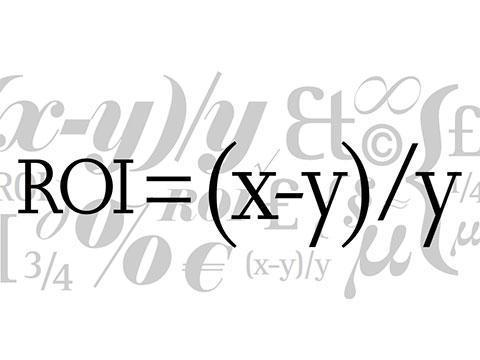
Share news
Listen
Document your audience. The level 0 of the ROI pyramid is the audience. What can be improved there is the fact of not merely describing a vague ” 150 people came” but to spend time analyzing who the audience is. How many clients Vs potential customers? Do they have purchasing power? What exact job title?
Accept imperfection. If it is difficult to survey everyone, do it with a sample of attendees. If you can not ask customers, at least ask the sales team what impact they think the event had on attendees. It is very imperfect, yes … but better than nothing.
Go beyond sirloin! We know you already run satisfaction surveys about the food or if the event was “interesting”… but that is not where the event creates value. Get higher objectives on the pyramid:
– “learning” (which messages people have received, if they find them credible, what new contacts were made, what new knowledge was acquired…)
– “behavior” (what people do after the event, depending on the type of event: if they apply the acquired knowledge, work on the contacts made at the event, if clients request a demo or product trial, if journalists publish the news …) Think that satisfaction surveys measure something that is not the purpose of the event. An event is not organized to feed people or amuse.
Organize thinking about what you measure. Here is perhaps the greatest value of the measurement: make attention is not focused on the menu or in the beautiful scenery, but what we want to communicate, get. Reduces messages and focus on the essential. Allows devote much attention to how you want to organize your sales team the day of the event. Although the items that you measure very difficult to measure, put them on the wall and centered conception of your event in them.
Plan a follow-up. An event is wonderful… but it cant do everything. It is nothing without a solid follow-up, whether commercial or monitoring the implementation of organizational changes that have been presented at the convention. So from your brief, think about what monitoring will be done. The measurement (or estimate) the impact of the event can only be made weeks or months … but requires that the department which needed the event becomes involved in a clear follow-up. A contact point eg every 2 weeks. allows people to not return to their daily lives as if they had not gone to the event.
In many events an aggregate measure, perfect, financial, is impossible. But not for this methodology is useless. No longer an essential tool for planning and monitoring.











